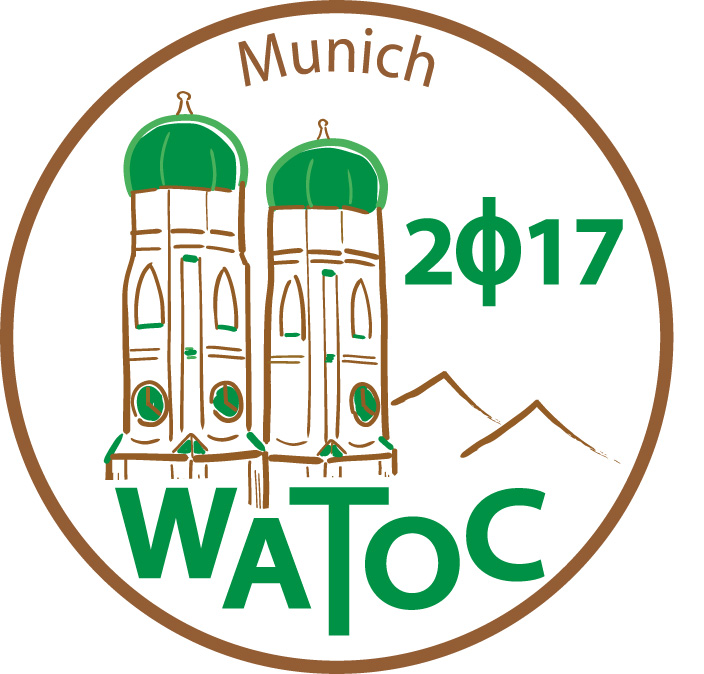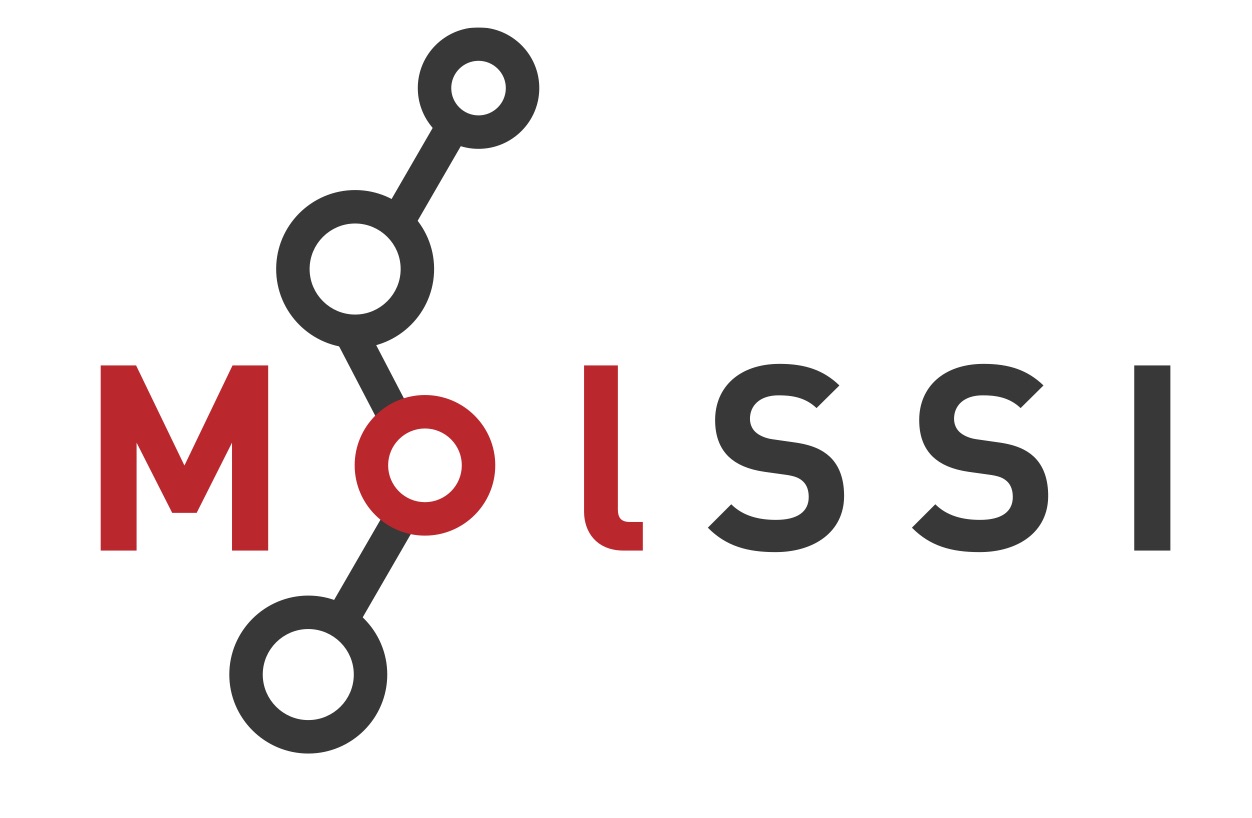Keynote
- The Molecular Sciences Software Institute
- Twenty years of coding the Polarizable Continuum Model
- Recent progress in the domain decomposition paradigm for implicit solvation models
- Implicit Solvation Models in the FHI-AIMS Numeric Atomic Orbital Code
- Beyond polarizable embedding: Why, when, and how?
- Multiscale Modeling of Excited States: Dissecting Polarization in Biomolecules
- Development of frozen-density embedding to compute molecular response properties using Lagrangian techniques
Contributed
- Excited State Gradients for a State-Specific Continuum Solvation Approach: a Lagrangian TDDFT formulation and implementation of VEM
- Improving the accuracy of continuum solvent models using the solvation-layer interface condition (SLIC)
- Soft-sphere continuum solvation in electronic structure calculations
- Molecular cavity generation for quadrangular patches
- Implicit solvation functionality in FHI-aims: Kirkwood multipole expansion model
- Density functional theory in solution: Implementing an implicit solvent model for CASTEP and ONETEP
- Excited state gradients in polarizable QM/MM models: an induced dipole formulation
- Molecular gradients of polarizable Embedded RI-CC2
- A QM/MM approach using the AMOEBA polarizable embedding: from ground state energies to electronic excitations
- Perturbative Metropolis Monte Carlo Simulations - a Hybrid QM/MM Approach
- Configurational Bias Monte Carlo of molecules in solvent and comparison with Molecular Dynamics
- Real-time description of optical properties of molecules close to plasmonic nanoparticles
- Implementation of Analytical Third Derivatives for a Fully Polarizable QM/classical Hamiltonian
- Accelerated Dynamics Simulations of Supramolecular Ruthenium-Based Water Oxidation Catalysis

